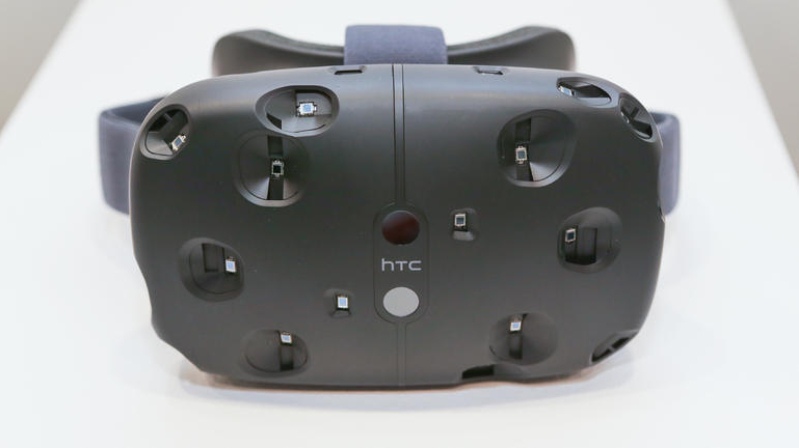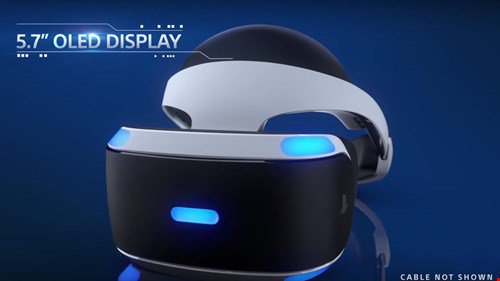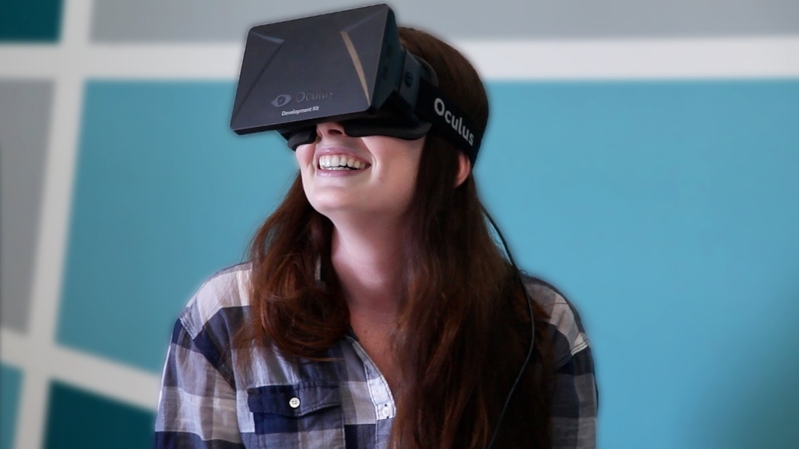

The PlayStation VR.

It seems like Virtual Reality (VR), which was very coveted in the early nineties, is finally going to have universal consumer appeal. Developers have spent years banking that VR headsets such as the Oculus Rift, HTC Vive, and the PlayStation VR will be a hit with consumers. While there are predictions of sales in the millions for this year alone, it truly needs to be bigger in order to match the numbers of console sales.
According to BBC.com, more than 9 million Virtual Reality headsets will be shipped in 2016, which is based on findings from the analyst firm IDC. This is in comparison to the 350,000 that were shipped in 2015, but with the birth of consumer-ready versions of VR headsets such as the PlayStation VR, Oculus Rift, and HTC Vive, it is understandable why there is such a growth.
Still, 9 million headsets isn't really that much in comparison of the United States in the hundreds of millions. Geek points out that the Oculus Rift and HTC Vive are expensive, but the cost will come down as the kit gets cheaper to make and the demand increases.
Also, the technology is pretty new, which means there might not be a lot of content to bring to it. Developers are just coming to grips in figuring out how to use VR, and this isn't like the apps for the first iPhone, which were a lot easier to program. Most of the applications that VR can be used for consist of gaming and viewing 360 video, but Facebook must see some social media application for it given their billion dollar purchase of the Oculus.
The Oculus Rift began shipping on March 28, but it has been in so much demand that it is actually quite difficult to obtain one. The demand for VR could also make the HTC Vive scarce when it comes out this month. Sony's PlayStation VR is due out in the month of October, and it will hopefully be prepared for the high demand that comes with the holiday season.
All three of these VR headsets are tethered, which means that they require some kind of computer or console to get them to work and are not standalone units. It is possible that screenless systems such as Samsung's Gear VR could become more popular than the tethered headsets, as they use a smartphone capable of handling the high-quality video used for VR, along with the sensors that monitor movement and adjust what a user sees to give the impression of immersion in a computer generated scene.
There are also augmented reality systems such as Microsoft's HoloLens headset, which can use a transparent display in order to overlay images and information on what people see. So far, there are not many of these systems ready for mainstream use.
It should be known that IDC did not factor in headsets that lack any electronics, such as Google's Cardboard viewer, or the Powis ViewR 2.0 or Lampr VR. With the IDC estimates of VR becoming huge this year, the analyst predicted that VR sales in the year 2020 could be as high as 64.8 million a year.







